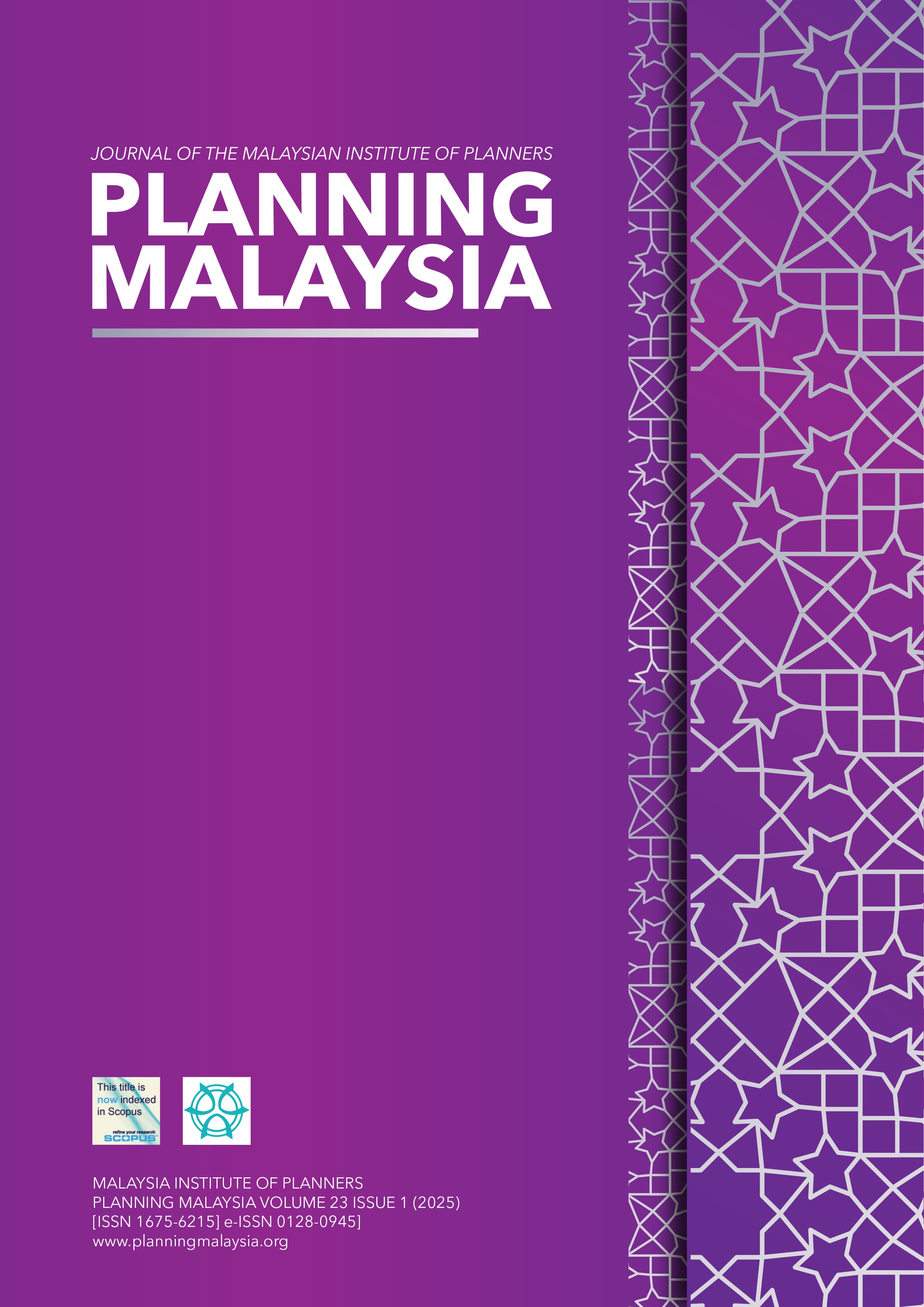AN INVESTIGATION OF TOURIST SATISFACTION IN MALAYSIA CULTURAL MUSEUM: INDOOR SPACE EXPERIENCE
DOI:
https://doi.org/10.21837/pm.v23i35.1680Keywords:
Cultural museum, tourist behavior, tourist satisfaction, experience economyAbstract
Cultural tourism is an expanding sector of the global travel industry, with tourists seeking genuine and immersive experiences that connect them to the cultural heritage of the region. Malaysia’s cultural museums enable visitors to learn about the country’s diverse ethnic groups, religious practices, historical events, and artistic accomplishments. This proposed study aims to fill the existing research gap by conducting a comprehensive evaluation of tourist behavior in Malaysia’s cultural museums. The research employs a quantitative method by collecting data through surveys from 381 respondents. The statements in the survey embody various elements, including education, escape, aesthetics, and entertainment. The results indicate that the aesthetic element is the most valued by the respondents during their visit, while the escape element is the least valued. The majority of the respondents belong to a younger age group, which tends to appreciate aesthetics the most. Almost one-third of the respondents visited the museum for work-related reasons, which explains why the escape element was the least appreciated. Historically, museums have evolved over time, with the earliest known as “Cabinets of Curiosities” in the 1500s. Existing museums can begin to incorporate other attractions or offer more activities to make the visit more engaging and enjoyable for visitors.
Downloads
References
Amir, S., Osman, M.M., Bachok. S., Ibrahim. M., Mohamed. M.Z. (2017). Tourism Stakeholders Perception on Tourists’ Expenditure in Entertainment Sector in Melaka UNESCO World Heritage Area. Advanced Science Letter, 23(7), 6336-6338. DOI: https://doi.org/10.1166/asl.2017.9264
Amir, S., Osman, M.M., Bachok. S., Ibrahim. M. (2014). Understanding of Tourists’ Preferences Pattern: A Study in Melaka, Malaysia. (2014). Planning Malaysia, 12, 81-94. DOI: https://doi.org/10.21837/pmjournal.v12.i3.133
Ab Rahman, S.A., Bachok, S., Mahamod, L.H. (2023). Effects of Travel Characteristics on Tourism Expenditure: A Case Study of Malaysia Young Outbound Tourists. Planning Malaysia, 21(1), 193-202. DOI: https://doi.org/10.21837/pm.v21i25.1233
Annechini, C., Menardo, E., Hall, R., & Pasini, M. (2020). Aesthetic Attributes of Museum Environmental Experience: A Pilot Study with Children as Visitors. Frontiers in Psychology, 11(October), 1–16. https://doi.org/10.3389/fpsyg.2020.508300 DOI: https://doi.org/10.3389/fpsyg.2020.508300
Cattaneo, Z. (2020). Neural correlates of visual aesthetic appreciation: insights from non-invasive brain stimulation. Experimental Brain Research, 238(1), 1–16. https://doi.org/10.1007/s00221-019-05685-x DOI: https://doi.org/10.1007/s00221-019-05685-x
Chin, C., Swatman, P., & Swatman, P. (2005). The Virtual Shopping Experience: using virtual presence to motivate online shopping. Australasian Journal of Information Systems, 13(1). https://doi.org/10.3127/ajis.v13i1.74 DOI: https://doi.org/10.3127/ajis.v13i1.74
Engel, J. G., Blackwell, R. D., & Miniard, P. W. (1995). Consumer Behavior. In Dryden Press (8th ed.).
Forgan, S. (2005). Building the Museum. Isis, 96(4), 572–585. https://doi.org/10.1086/498594 DOI: https://doi.org/10.1086/498594
Juvan, E., Omerzel, D. G., & Maravić, M. U. (2017). Tourist Behaviour: An Overview of Models to Date. Management International Conference, 23–33.
Lin, D., & Simmons, D. (2017). Structured inter-network collaboration: Public participation in tourism planning in Southern China. Tourism Management, 63, 315–328. https://doi.org/10.1016/j.tourman.2017.06.024 DOI: https://doi.org/10.1016/j.tourman.2017.06.024
Pine, & Gilmore. (1998). Welcome to the Experience Economy. Harvard Business Review, 76(4), 97–105. https://enlillebid.dk/mmd/wp-content/uploads/2012/03/Welcome-to-the-Experience-Economy-Pine-and-Gilmore.pdf
Rana, P. S., & Singh, R. P. B. (2004). Behavioural Perspective of Pilgrims and Tourists in Banaras (Kashi), India. The Tourist - A Psychological Perspective, 187–206.
Simpson, M. (2009). Museums and restorative justice: Heritage, repatriation and cultural education. Museum International, 61(1–2), 121–129. https://doi.org/10.1111/j.1468-0033.2009.01669.x DOI: https://doi.org/10.1111/j.1468-0033.2009.01669.x
Susan, H., & John, S. (2007). CONSUMER BEHAVIOUR IN TOURISM (SECOND EDITION) (Second). Elsevier Ltd. https://d6.kemenparekraf.go.id/kmiss/wp-content/uploads/2022/09/Consumer-Behaviour-in-Tourism-Second-Edition-John-Swarbrooke-Susan-Horner-z-lib.org_.pdf
Downloads
Published
How to Cite
Issue
Section
License

This work is licensed under a Creative Commons Attribution-NonCommercial-NoDerivatives 3.0 Unported License.
Copyright & Creative Commons Licence
eISSN: 0128-0945 © Year. The Authors. Published for Malaysia Institute of Planners. This is an open-access article under the CC BY-NC-ND license.
The authors hold the copyright without restrictions and also retain publishing rights without restrictions.


